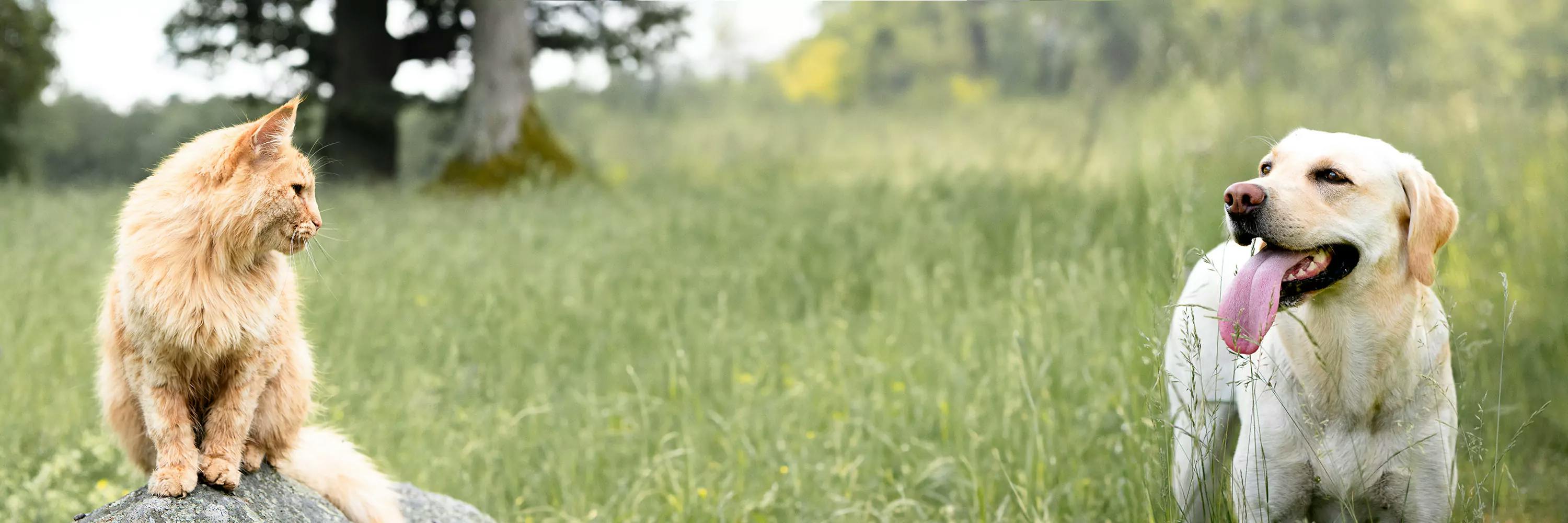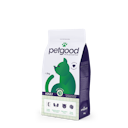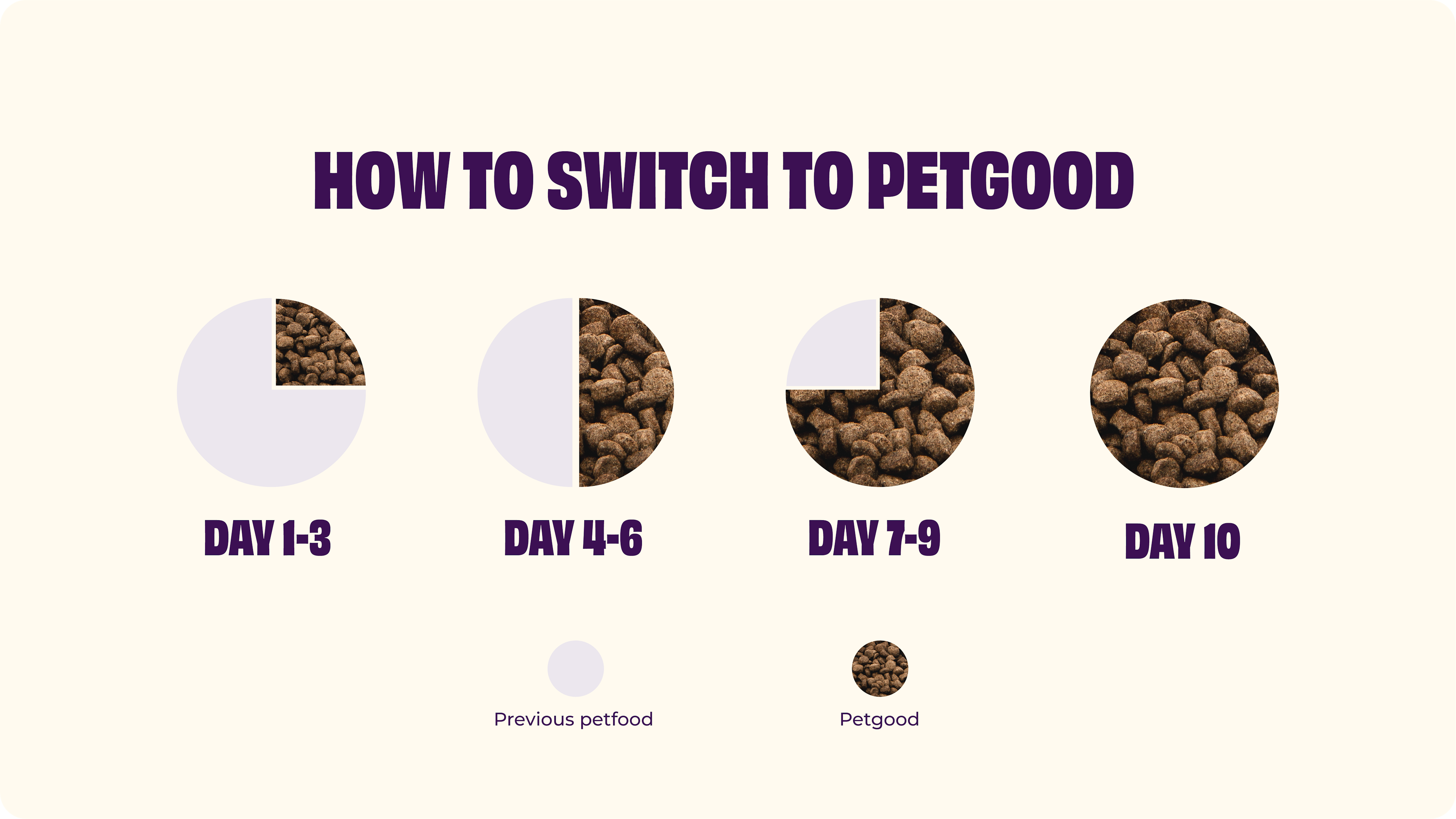Active location:
Select your country:

Can I give Petgood to my neutered cat?
A question we sometimes get is whether neutered cats can eat our cat food. The short answer is yes, our food is developed and adapted for neutered or spayed cats. In this article, we go through what might be good to think about when feeding a neutered cat.
How does food for neutered and unneutered cats differ?
How much food should I give my neutered cat?
What else can I do to keep my cat in the right body condition?
After castration, regardless of whether it is a male or female cat, the cat's metabolism and thus energy consumption decreases. How much the energy requirement is reduced is individual, but in most cats you can count on a reduction of between 10-30%. Despite this, the cat's appetite may be the same. Something you should therefore always think about after a castration is to keep a close eye on the cat's body condition, and adjust the feeding so that the cat does not gain weight.
How does food for neutered and unneutered cats differ?
The difference between feed for neutered or unneutered cats is primarily in the energy content of the feed, where a feed for neutered cats is lower in calories. A good feed for neutered cats is also adapted to prevent urinary tract disease, which is more common in neutered cats.
Our adult cat food is designed to provide an optimal urine pH and the right levels of minerals to support healthy urinary tracts, and with a limited calorie content to prevent overweight.
How much food should I give my neutered cat?
Our feeding table is adapted to whether the cat is active or inactive, and it is therefore good to go down to the lower category for a neutered cat. This is especially important for an indoor cat, which is less active than an outdoor cat. Do not give the cat free access to food, as most cats then tend to eat too much.
To maintain ideal weight, it may also be good to look over the amount of treats or other “extras” that the cat receives - it is better to reduce these "empty calories" than to continue to reduce the feed, which is the cat's main source of necessary nutrients. Another solution is of course to increase the cat's exercise - and play more or go outside and walk with the cat, if you have an indoor cat. However, exercise is usually not enough to prevent weight gain, but you also need to keep an eye on the amount of feed.
What else can I do to keep my cat in the right body condition?
If the cat's appetite has increased, you can activate the feeding by hiding the food in various toys, serving in "labyrinths" or so-called slow-feeders, or spreading the food out so that the cat can search for the food.
Remember to always keep track of the cat's size, body shape and weight after castration, in order to be able to adjust and adapt the feed to your cat's unique needs. In this article, we guide you on how to assess your cat's body condition with the tool Body Condition Score.
Summary
In summary, our cat food is adapted to the nutritional needs of neutered cats with a focus on regulating weight and supporting urinary tract health. For neutered cats, it is recommended that the feed be adapted to the level of activity to avoid the cat gaining weight. Regulating the amount of food, reducing extra treats and activating through feeding toys helps to maintain the ideal weight and a happy and satisfied cat. A regular assessment of the cat's fur with the Body Condition Score can guide in adapting the amount of feed to the specific needs of the cat.










